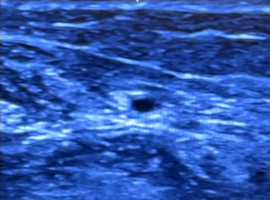Bradford Ewing*
Anesthesia Resident, Department of Cardiology, University of Missouri, Hospital Drive, Columbia
*Corresponding author: Bradford Ewing, Anesthesia Resident, Department of Cardiology, University of Missouri, Hospital Drive, Columbia.
Received: October 13, 2022; Accepted: October 28, 2022; Published: November 20, 2022
Citation: Ewing B. A Radial Artery Collapse with Aortic Insufficiency. Case Rep Clin Cardiol J. 2022; 2(2): 115.

